As the novel coronavirus spreads, the cultural sector has slowed to a halt: Museums and galleries are shuttered in many countries, and fairs and festivals have been canceled. At the advice of experts, people are hunkering down to self-quarantine and practice social distancing. The situation is evolving quickly, a new reality is being forced upon us, and fields like architecture and painting can seem trivial. And yet, at moments of such isolation and crisis, art, design, and performance can offer powerful means of connection—and a welcome escape from the disorienting present. With exhibitions and concerts called off, our editors survey six low-risk ways to experience culture—from an unfussy art podcast to the Smithsonian’s extensive online archives, and more. —The Editors
Quarantine Culture: 6 Ways to Experience Design and Art Without Leaving Your Home
A decade-long Jon Rafman project, online repositories of sound art, Kelly Wearstler’s virtual interior design course, and other resources for you to enjoy from the comfort of your living room.
THE EDITORS March 23, 2020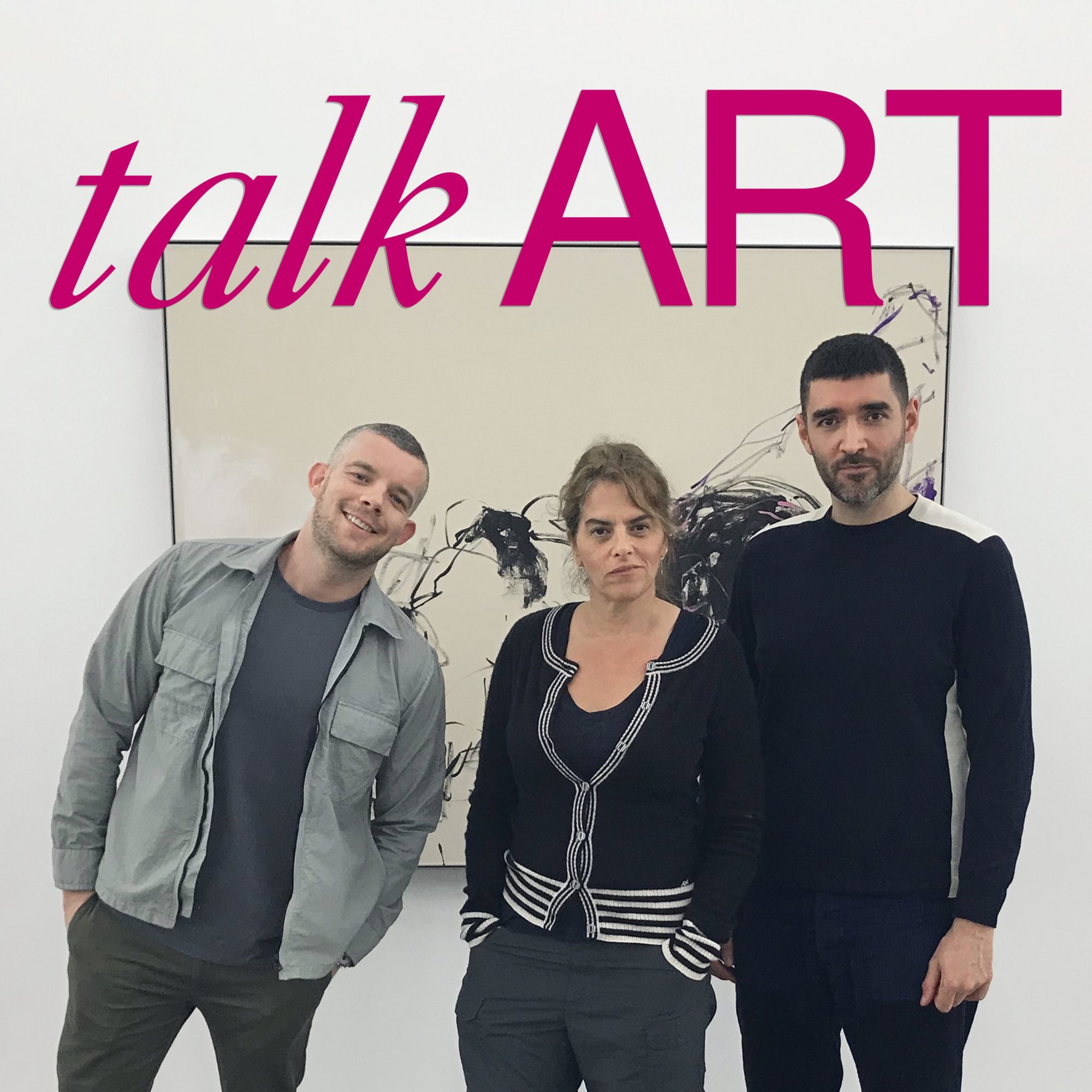
Talk Art
On their breakout podcast, Talk Art, actor and collector Russell Tovey and gallerist Robert Diament interview leading artists, curators, and gallerists about their shared passion. Since launching in October 2018, the show has attracted such bold-faced guests as Serpentine Galleries director (and Surface contributor) Hans Ulrich Obrist and actress Lena Dunham (she’s an ardent collector), as well as emerging painters like Louis Fratino and Jamian Juliano-Villani. The episodes run for roughly an hour, and never feel snooty because the hosts set such a free-flowing, down-to-earth tone. —Ryan Waddoups
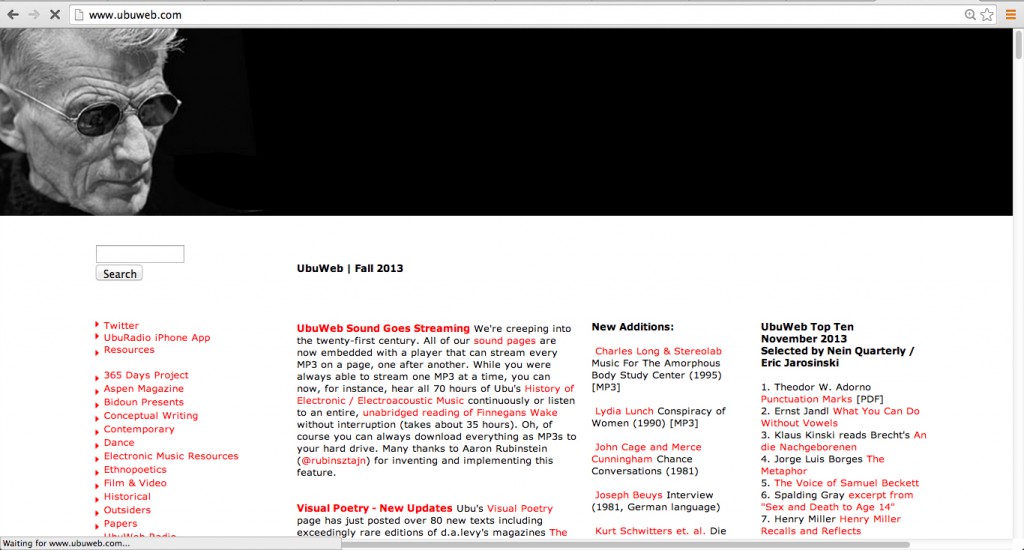
UbuWeb
Even if this situation lasts for months—and here’s hoping that it does not—it will be impossible to exhaust the deep archive that is UbuWeb. Initiated by the poet Kenneth Goldsmith in 1996, it is an online repository stuffed with films, recordings of sound art, and historical documents, all of the bracingly avant-garde type. Its recent additions illustrate its terrifyingly sublime range: videos from 1990 to 2011 by the veteran New York artist Marilyn Minter, musician Dickie Landry’s 1977 album Fifteen Saxophones, and a snippet of director Orson Welles interviewing Isidore Isou, founder of the mid-century French art movement Lettrism, in 1955. In a different era, finding such treasures would require some serious sleuthing. Now they are all available at the click of a button. —Andrew Russeth
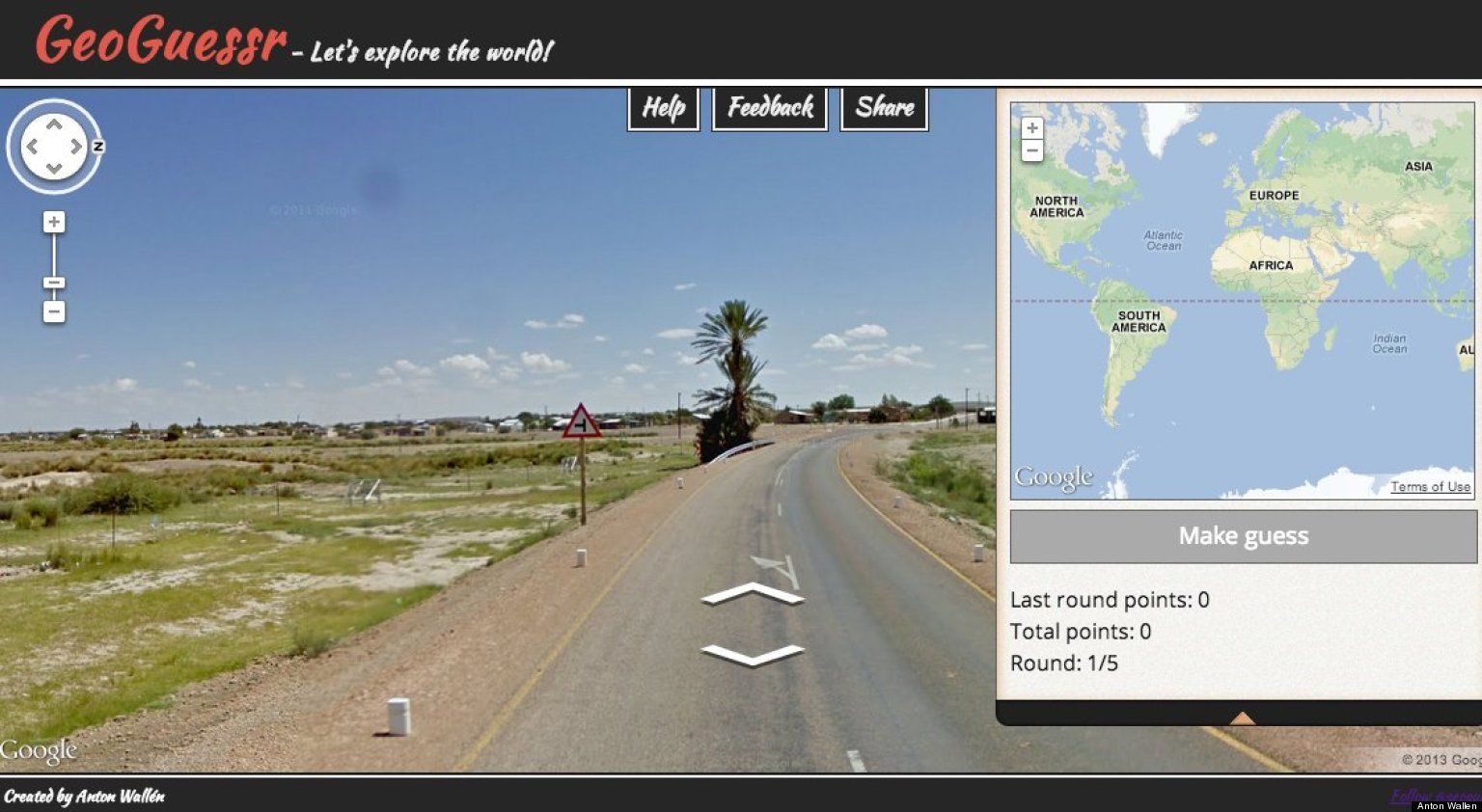
Geoguessr
Travel connoisseurs confined to their living rooms will delight in Geoguessr, an online game that challenges players to guess the location of random Google Street View images. The premise is beguilingly simple: use visible context clues, such as signage, architecture, and flora, to ascertain the image’s origin. The closer you are to the right answer, the more points you score. (It’s trickier than it sounds—the game is a swift reminder that vast swaths of the world look strangely alike.) There’s perhaps no easier way to satisfy the travel bug while social distancing. —R.W.
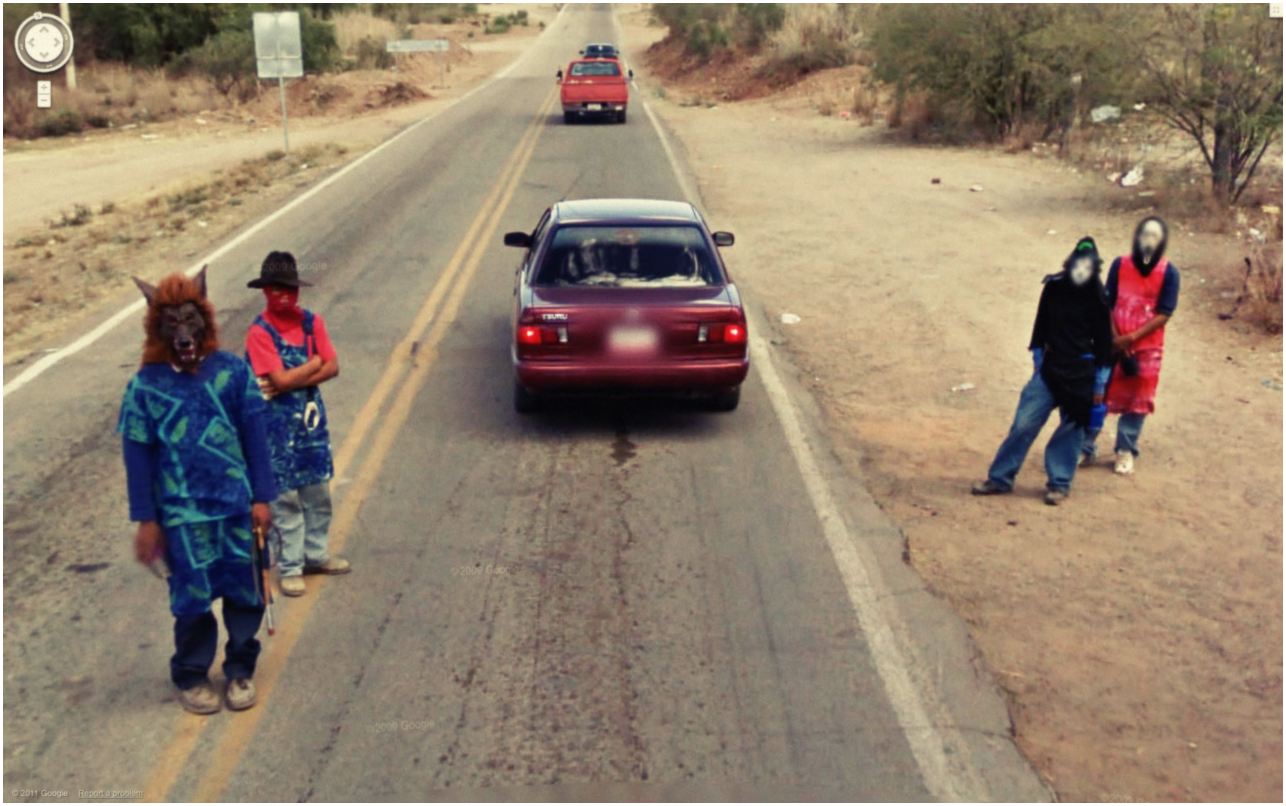
9 Eyes by Jon Rafman
Jon Rafman’s ongoing 9 Eyes project paints a darker picture of Google Street View. (It’s named after the nine cameras that Google attaches to its vans.) Since 2008, a year after Street View was launched, the artist has been poring over Google’s street photography archive to discover instances of disarray, anxiety, and uninhibited self-expression. He posts these uncanny images—of upturned cars in flames, a flock of seagulls chaotically descending on a beach town, and many people giving the finger—on Tumblr, and collected them in a 2016 book. Though moments of surreality and beauty abound, the images also raise tough questions about privacy, ethics, and voyeurism in the digital age. —R.W.
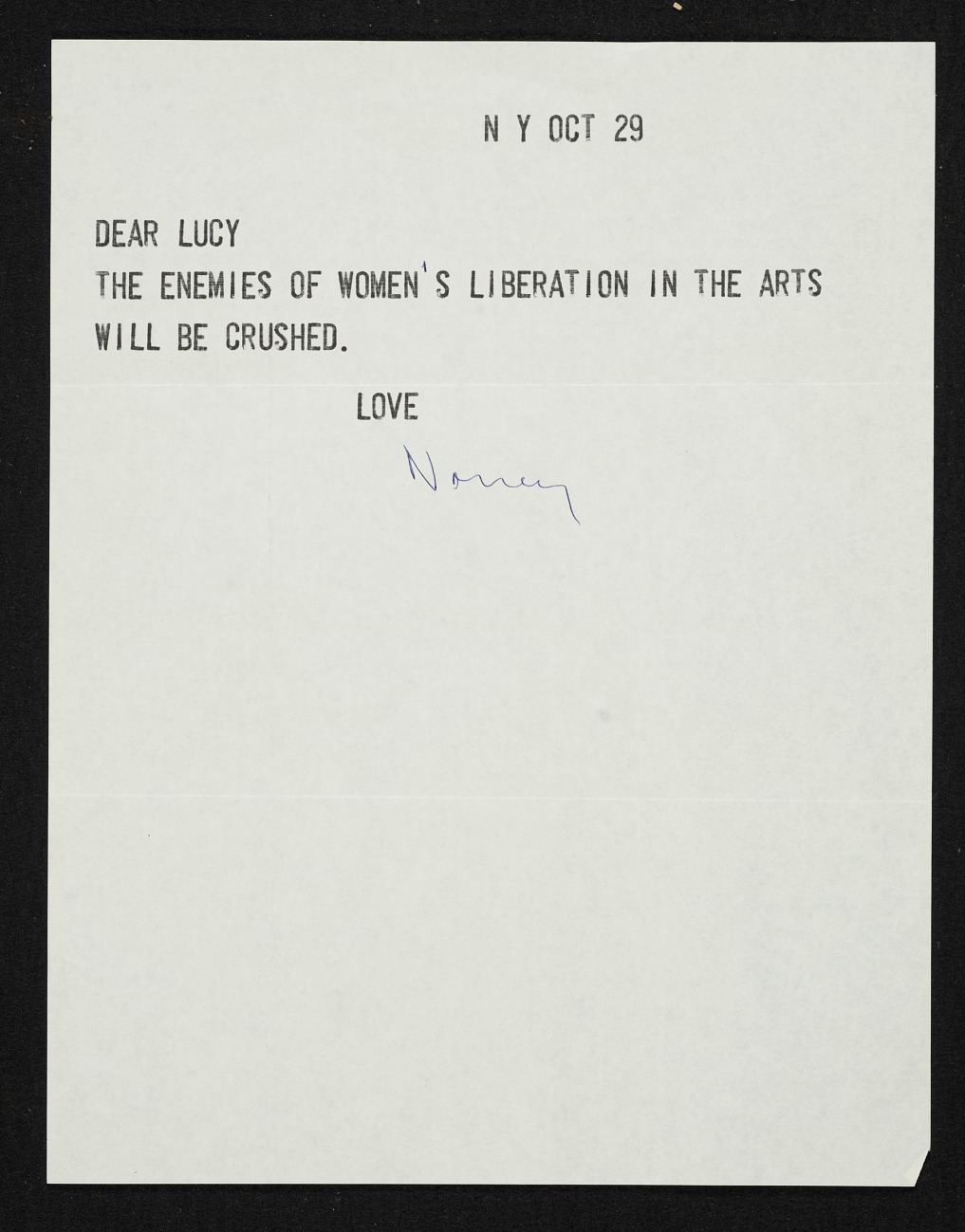
The Smithsonian’s Archives of American Art
Here’s a sentence I never thought I would write: The federal government has vast powers and responsibilities (we are about to see just how vast), and those include preserving the historical record of the nation’s art. The Archives of American Art, which is part of the Smithsonian, holds more than 20 million documents: gallery records, exhibition photographs, and artists’ correspondence, including (quite delightful) handmade holiday cards. Blessedly, much of its material is online, ready to be enjoyed, and shared with friends. May I suggest starting with its absolutely astounding store of oral histories with artists and other art workers? —A.R.
Kelly Wearstler on MasterClass
The interior designer Kelly Wearstler’s remarkable ability to mix contemporary and vintage, the architectural and the organic, and the graphic and the instinctual perhaps explains why the New Yorker once dubbed her “the presiding grand dame of West Coast interior design.” Each of the Angeleno’s spaces, which include chocolatiers, high-profile residences, and her chain of Proper Hotels in San Francisco, Santa Monica, and Austin, is a multi-layered crash course in how to inject cultural intrigue and compelling narratives into everyday spaces. Now, Wearstler is offering a course on MasterClass, the online educational platform that allows leaders in disparate fields to share their expertise. (Frank Gehry, Serena Williams, and David Lynch have all hosted sessions.) Her interior design course shows how pattern, light, materials, architecture, and furniture can make small spaces feel larger. This might be the ideal time to enroll. —R.W.
